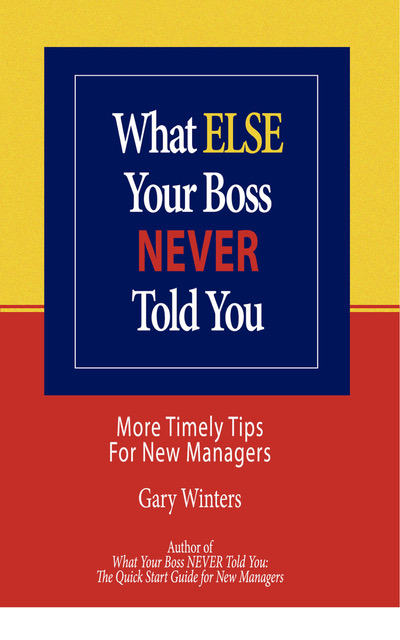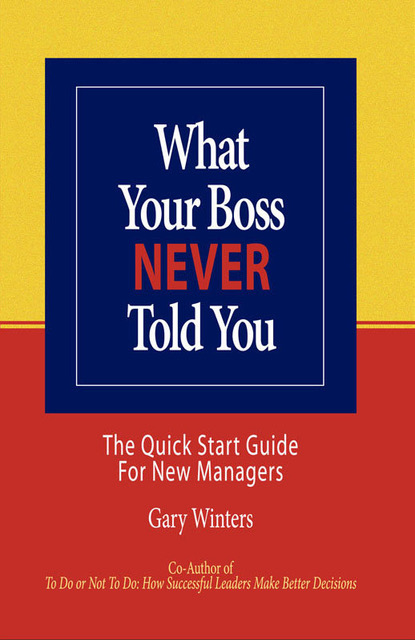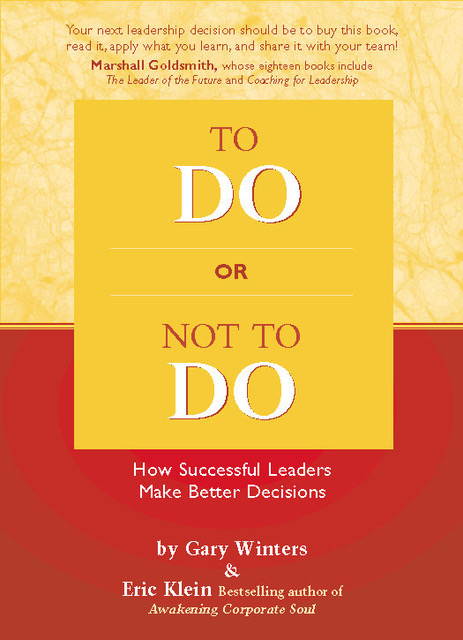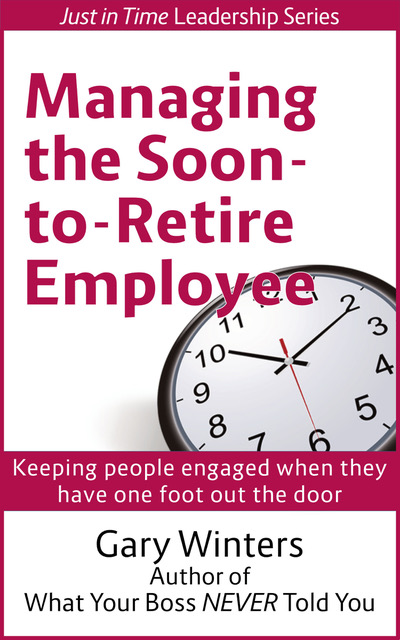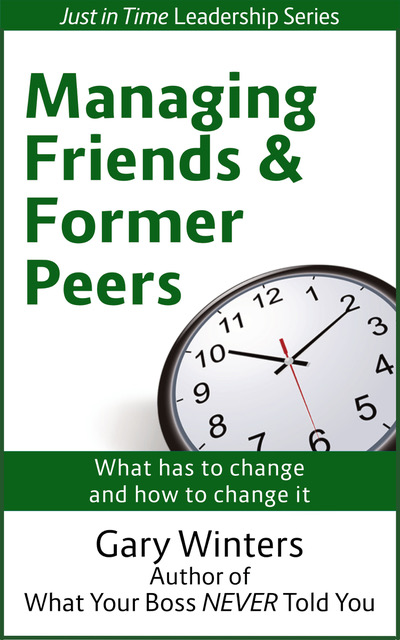What do oxygen masks, red flags, and sharp axes have in common? They are barometers of self-care.
You can’t lead others effectively if you don’t take care of yourself first. It’s that simple.
Of course, we all know that – but what have you done for you lately, or are you so busy leading others you don’t take time for yourself?
Consider the Scottish proverb, “What may be done at any time will be done at no time.”
Ouch.
Take a few moments to reflect on three gentle reminders about self-care:
- Are you putting on your own oxygen mask first?
- Are you paying attention to the personal little red flags that pop up from time to time?
- Are you taking time to sharpen your own axe?
 Putting on your own oxygen mask
Putting on your own oxygen mask
We all know that the first instruction of a flight attendant is to put on your own oxygen mask first in the event of an emergency, before attempting to help others. It seems a bit selfish and perhaps counter-intuitive when you imagine a struggling child in the adjacent seat, but it’s true. You can’t really support your team for long if…
- You don’t close your “open door” from time to time…
- You don’t get away from it all from time to time…
- You don’t engage in so-called “non-productive” uses of your time, like day-dreaming, getting out into nature, reading a good (non-professionally-related) book, or doing something just because it’s fun to do…
 Little red flags
Little red flags
What do little red flags (that nagging toothache, the “check engine” light on the dashboard, the overdue notice from the credit card company) have in common? Left unattended, they become BIG red flags which supersede anything else you might want to do.
As the old commercial said, “You can pay (attention to) me (now) or you can pay me later!” We all know which is more expensive.
Got any little red flags you need to address?
 Sharpening your axe
Sharpening your axe
You know the story. Two woodcutters engage in a competition. The first chops fast and furiously, never pausing, soon building up a pile of logs. The second works with as much determination, but periodically he pauses to sharpen his axe. It’s not long before the second woodcutter has a much higher pile of wood, despite his occasional “time-outs.”
I connect this story with this adage: “If you keep doing what you’re doing, you’ll keep getting what you’re getting.”
Ask yourself:
- What leadership challenge frustrates me right now?
- Am I acting like the first woodcutter, confusing determination and action with learning a new approach?
- How could I pause to sharpen my axe? (Could you find a workshop? Read a book? Get a coach? Schedule time with a mentor? Simply take a break and come back with fresh eyes?)
With our obsession with productivity, measurement, and results, we can easily neglect good self-care. Renew your commitment to putting on your own oxygen mask first, attending to any little red flags, and sharpening your own axe.
The irony? If you’ll do that, you’ll see dividends in terms of results. Weird, huh?


